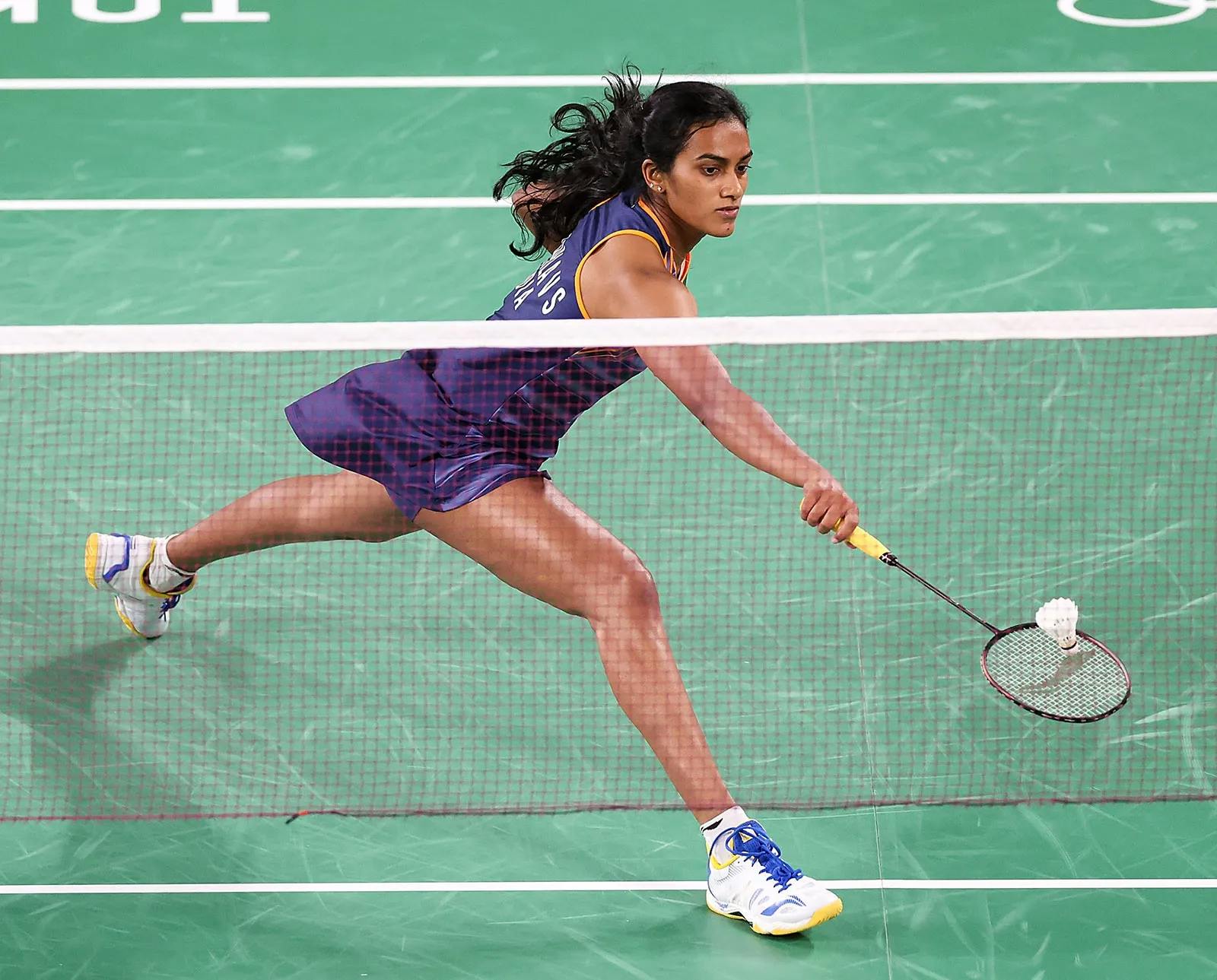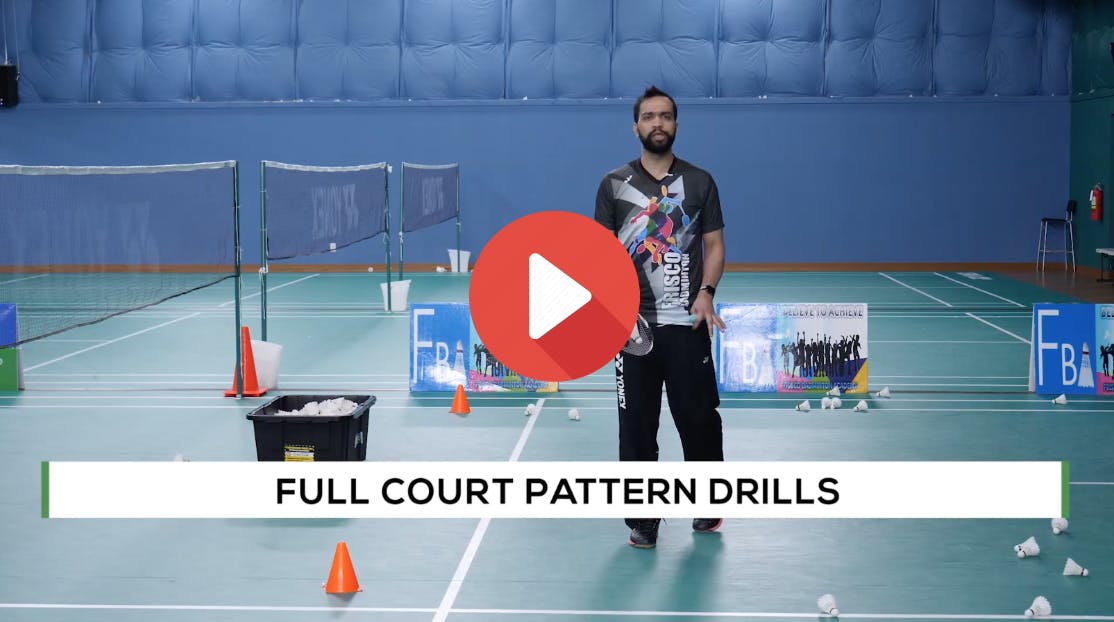Featured courses

How to Become a Better Badminton Player
- By Grant Young
The Olympic games are not only great because they incite extreme patriotism from every country’s citizens. They’re also fantastic to spectate because they bring some of the less popular, more obscure sports the Olympics features to the center of the world’s attention for two weeks.
In addition to making these sports more appealing to watch, their getting showcased in front of a global audience serves to inspire the next generation of players to keep competing in these respective sports; solidifying future Olympians in the process.
A great example of this is with badminton. Most people (at least in America) don’t think much about badminton outside of when they’re watching them in the Olympics or playing it as a recreational activity, there are still many people who are trying to perfect their badminton skills and potentially represent their home country on an Olympic scale.
But if young players are to reach this point, they’ll need instructors who know what coaching badminton requires.
And because Abhishek Ahlawat knows badminton like the back of his birdie from a player’s and coach’s perspective, he’s the perfect person to help you hone your badminton ability.
Ahlawat is a Professional Badminton Player and coach. He started playing in India at the age of nine in 1999. He was previously ranked first in men's doubles in the USA elite national rankings. Abhishek was a silver medalist in the 2013 Bangladesh Open International Challenge. He has been an elite player of Frisco Badminton in Frisco, Texas since 2017.
Coach Ahlawat’s ‘Become A Better Badminton Player’ course has everything a prospective coach or player will need to get them started on the road to badminton Olympics glory.
Choosing the Right Equipment
Badminton is a sport that requires a good deal of space and equipment in order to play. And a player getting their equipment right is something Coach Ahlawat believes is integral to success.
There are multiple kinds of different badminton rackets on the market, but they can generally be divided into three categories. These categories are head-heavy, even-balance, and lightweight.
A head-heavy racket is generally going to be used by players who are harder hitters, and who play more in the back court. When hitting a smash shot, a head-heavy racket gives the user added weight and power to their hit. So if you’re looking for more attacking shots, a head-heavy racket is a great option for you.
Then the even balance racket is better for players who prefer to play in the center of the court. It will allow its user faster maneuvers of the racket so that the bird can be controlled more and positions can be changed faster.
As the name suggests, the lightweight racket is best for players who like to play closer to the net and who are more skill, finesse-based rather than relying on power with their shots.
While you might have an idea of which type of player you are (and therefore which racket may best suit you), the reality is that you’ll likely need to experiment with all three types of rackets to see which one feels the best in your hand, and which one caters to your natural playing style.
Another question to consider is how much tension and stringing you want your racket to have. This also boils down to the type of playing style you employ.
For a beginner player, a good tension range for their racket is 18-22 pounds. An intermediate-level player will want a tension level of around 23-26 pounds while an advanced player will be looking for 27-32 pounds of tension.
Different Types of Serves
Understanding the different serves that are available to a player is paramount to improving one’s badminton game.
Coach Ahlawat explains that while the sport of badminton has gotten much faster over the years, the basic, fundamental serve is still high and long.
In singles, the server will want to remain at least two steps behind the service line and close to the center of the court. To start, the racket and the bird should be held up in the air at around the same height (or the bird slightly higher). The server’s lead foot should be arched upwards so that the toes are in the air.
The next position of the serve is that the lead foot comes down to the ground while the back foot’s heel comes off the ground. This is to enable a transfer of weight. The third position is the actual hit, where the bird is going to be dropped and hit underhand high and long.
This is all going to take place in one motion once the basic steps are mastered.
Another option with this serve is to use the same fundamentals but hit the bird to either side of the court, rather than in the middle (which is where the initial serve will go). The strategy behind this is to keep the opponent guessing.
Singles Multi Shuttle Drills

Full-court pattern drills are a great way a badminton player can develop their overall skillset.
One drill Coach Ahlawat loves is working on a straight clear and a straight drop hit on both sides of the court. This will require two players, with one player/coach serving up the bird to the player who’s taking part in the drill.
The first player/coach will serve the bird to the back of the court, where the player will execute a straight clear hit. As soon as they make contact, the player/coach will take another hit to the front of the net that the player must rush forward and execute a straight drop hit on.
The player will then turn over their shoulder to get to a straight clear hit on the other side of the court before rushing forward again and executing a final straight drop hit.
